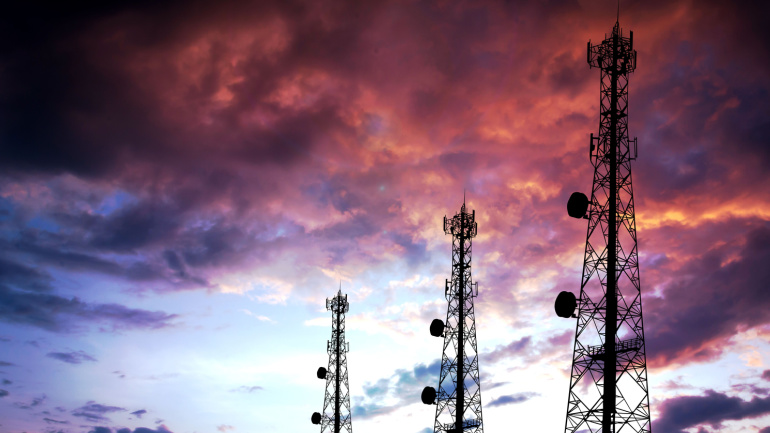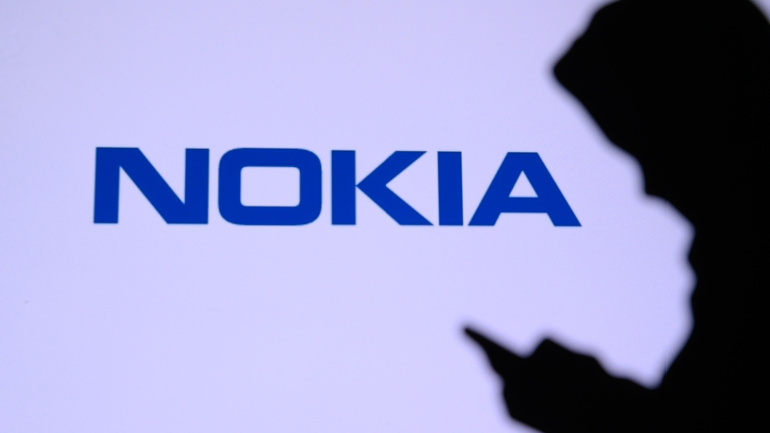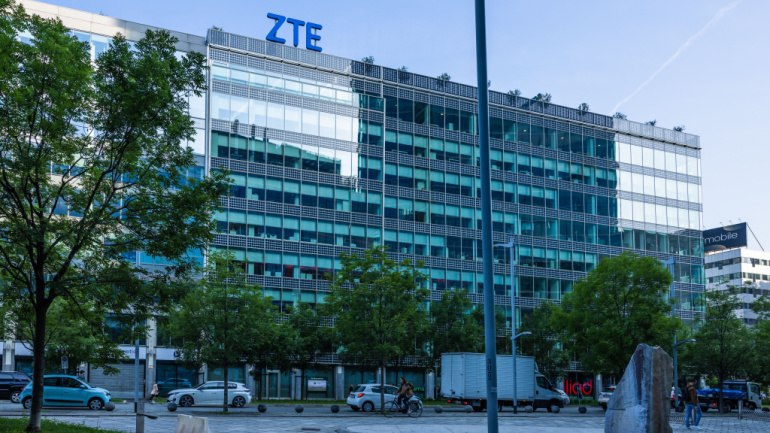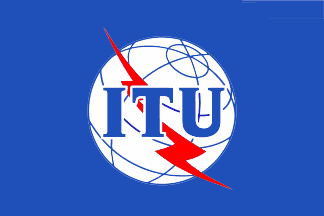Anticipation builds as the international telecommunication industry readies for the 2023 Global Telecoms Awards, offering a glimpse of the brightest advancements in the sector. This year’s fierce competition promises a thrilling revelation on November 30th, stretching from top-shelf 5G innovations to groundbreaking strides in AI and sustainable telecom solutions. Coinciding with the awards, the Future Vision Executive Summit promises to stimulate discussion on pressing telecom industry topics. Don’t miss out, the future of telecommunications unfolds here.
HMD Global sets a new bar in smartphone manufacturing with the Nokia XR21, claiming ‘military-grade durability’ and localized data storage for improved security. Remarkably, this sturdy device boasts a chassis made from 100% recycled aluminium, affirming the company’s commitment to sustainability. As an added boon, it has moved its manufacturing to Europe, enhancing the product quality control. This move hints at the potential appeal of a ‘Made in Europe’ smartphone in an overwhelmingly Asian-dominated market.
Nokia’s recent summer launches showcase significant advancements in their AirScale portfolio, utilizing ReefShark chips and optimization for 5G SA and 5G-Advanced. Additionally, their AI-powered network management solutions ensure increased efficiency for future network evolution.
Discover how ZTE reduced greenhouse gas emissions by 7.5% through low-carbon strategies while investing in AI-driven digital energy solutions and joining the Science Based Targets initiative for a sustainable future.
The race for 5G dominance in the US continues, with AT&T focusing on standalone 5G architecture and monetizing services like gaming and augmented reality. With a cautious approach to Fixed Wireless Access, AT&T targets legacy copper network customers while embracing sustainability, AI, and automation for better energy efficiency and environmental impact.
Telecom operators worldwide tackle rising energy demands and stringent regulations by adopting renewables and innovative technologies. Transparency in green initiatives helps retain customers, while tailored energy strategies and efficient power systems promote sustainability in the industry.
Amid global economic transformation, network technologies hold vital importance as businesses prioritize cost-saving cloud computing and greener power consumption. Focusing on enhancing customer experiences impacts the development of the metaverse, enabling smart cities and new monetization opportunities. Connectivity, as a critical component, drives sustainable growth across industries.
Telia Company, a Swedish telecommunications operator, has announced changes to its top management that will put sustainability at the forefront of the company’s agenda. In March, Ola Rembe, a former executive at Ericsson, will become Senior Vice President and Head of Communications, Brand and Sustainability at Telia. This newly created position combines these different roles for the first time. When it comes to sustainability, Telia is regarded as one of the telecom companies with more progressive thinking. The corporation has established specific goals to achieve a value chain that will be carbon neutral by 2030 by at least halving greenhouse gas emissions and offsetting the remainder. In addition, Telia has mandated that its suppliers set science-based goals, and last year it was disclosed that 29% of the suppliers participating in its supply chain emissions had already done so, with a further 21% in the process of receiving…
One of the most important lessons society has learned from being stranded at home and unable to travel during a pandemic, is that once carbon emissions fall, the benefits materialize remarkably quickly. What have telecommunications providers learned during this time? That due to the staggering demand for digital communications at this time, the global telecom infrastructure has been forced to consume more energy than ever before, increasing the carbon footprint.
The secretary-general of the International Telecommunication Union (ITU), Zhao Houlin, explained at a press conference in Geneva, Switzerland, that infrastructure, investment, innovation and inclusion, or the “4 I’s”. Those pillars for information and communication technology (ICT) will be an obligation to reach the UN Sustainable Development Goals (SDG), especially for the next ten years. Infrastructure are essential to hold any economy based on communication and high tech. The future of digital economy in sustainable cities, will largely be based on the capacity to construct strong equipments for those infrastructures, not only to connect people but also objects. Strong investments are fundamental for the development of ICT. In order to see progress on SDG, innovation in the domain of finance will be needed and a mix between public and private investors is one of the solutions. Opportunity is only possible with innovation, thus small companies that base their growth and survival…













